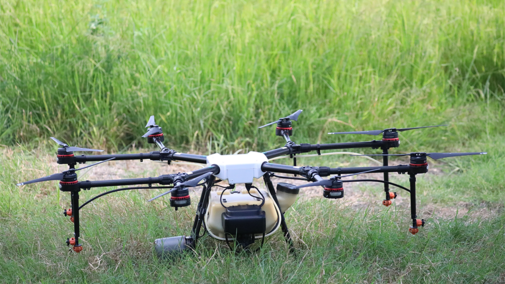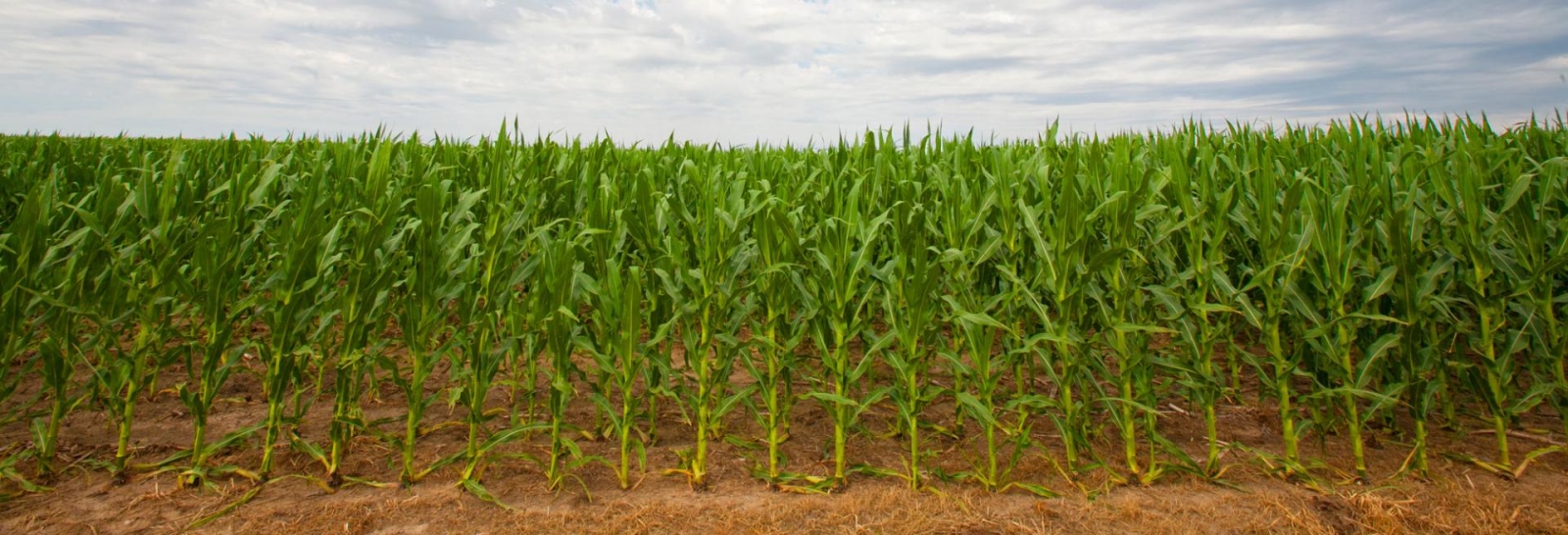The Nebraska Department of Agriculture (NDA) classifies the use of an unmanned aerial vehicle to apply any pesticide as an aerial application. The Nebraska Pesticide Act (Act) requires all aerial pesticide applicators of any Restricted Use Pesticide (RUP) to possess the Aerial Pest Control category on their applicator license.
Drone Requirements
- ALL spray drone pilots must hold an FAA Part 107 certification (or Part 61 manned aircraft license with a UAS endorsement).
- ALL drones, regardless of takeoff weight, must be registered with the FAA by the drone owner.
- Spray Drone Definitions: “Heavy” UAS or “Heavy” drones (ex. DJI Agras T-50) are drones weighing 55 lbs. or greater on takeoff; Small UAS or small drones (ex. DJI Agras T-10) are drones weighing less than 55 lbs. on takeoff.
- For “Heavy” drones, the pilot needs to hold a Class 3 Medical Certificate, which is only granted by an FAA-designated Aviation Medical Examiner. Small UAS weighing less than 55 lbs. on takeoff, no medial certification is required.
- For “Heavy” drones, the drone needs to be listed as an approved aircraft for aerial application by the FAA under 49 USC Section 44807. Not all “Heavy” spray drones are FAA approved to apply pesticides. “Heavy” drones need to be compliant with this section; only the FAA makes this determination. Small UAS are not required to be approved via Section 44807.
- When flying a “Heavy” drone for aerial application, the pilot needs to obtain a Certificate of Authorization (COA) for approval to fly in national airspace. For small UAS, the pilot may only need to request airspace approval through Low Altitude Authorization and Notification Capability (LAANC).
- Regardless of takeoff weight, any drone used in aerial application needs to meet the requirements of Part 137 Dispensing Chemicals and Agricultural Products. Since Part 137 is designed for aerial applications with manned aircraft, drone operators need to request various exemptions (also known as Part 137 exemptions) with the FAA to use drones for aerial applications. For small UAS, in addition to Part 137 exemptions, various exemptions to Part 107 need to be requested, such as waiver to transport hazardous materials.
- The above FAA regulations apply whether the applicator is applying products to land they own, land they rent, or as a service, and regardless of whether the pesticide is general use or restricted use.
- Only pesticides approved for aerial applications may be applied using a drone.
Pesticide Application Requirements
- In Nebraska, a person piloting the aircraft or drone is considered the applicator even if they do not handle the product; therefore, the pilot must hold a pesticide applicator license. Mixers and loaders would only need Worker Protection Standard training and would not be required to hold an applicator license.
- In Nebraska, NDA requires spray drone pilots to possess either a Commercial or Non-Commercial Pesticide Applicator license when applying Restricted Use Pesticides (RUPs).
- Private pesticide applicators making drone applications of RUPs to their personal property or property they rent need to hold the Aerial Pest Control Category 12 by obtaining a commercial or noncommercial pesticide applicator license. (Category 12 cannot be added to private licenses but if a producer is only applying on their property, they can be eligible for a noncommercial with the farm listed as the employer).
- Commercial/noncommercial applicators must also pass the General Standards (00) examination. If the commercial pesticide applicator wishes to make pesticide applications to other sites other than agriculture, they must pass the examinations for those categories also.
- Once the commercial pesticide applicator obtains all necessary FAA approvals (i.e., Exemptions within Part 107, Part 137, and Section 44807), they will need to obtain a Nebraska Aerial Pesticide Business License.
Additional Resources
Study Manuals for Aerial Pest Control, Category 12 & other categories https://marketplace.unl.edu/pested/commercial-noncommercial-study-materials
PRINT Study Manuals: These hardcopy manuals can be ordered online with a credit card and are mailed to you.
DIGITAL FLIP BOOKS: Our FlipBooks are enhanced digital versions of our traditional print manuals. Most have video training embedded to accommodate multiple learning styles. This is the same video training presented at our initial in-person training sessions. Purchase of a FlipBook gives you a one-year subscription to the product. Internet access is required to use FlipBooks.
Federal Aviation Administration (FAA) Drone Information, https://www.faa.gov/uas
Dispensing Chemicals & Agricultural Products (Part 137) with UAS, https://www.faa.gov/uas/advanced operations/dispensing_chemicals
Nebraska Aerial Pesticide Business License, https://nda.nebraska.gov/pesticide/aerial_license.html
Nebraska Department of Agriculture, Holly Hillebran, (402) 471-6852
https://nda.nebraska.gov/pesticide/applicator_testing.html
Nebraska Extension-Drone Education, Dirk Charlson, (402) 460-0742

